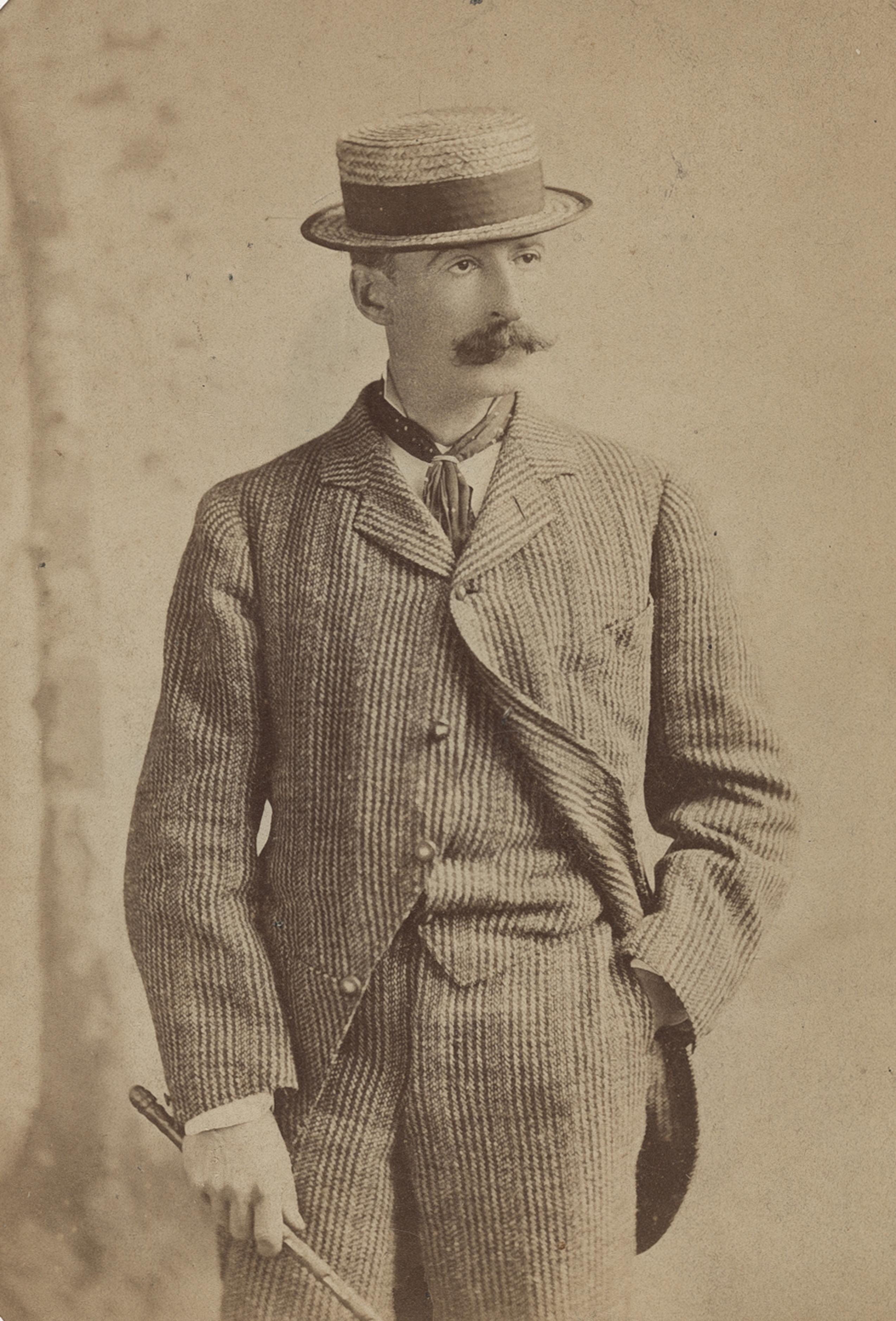Homer, Winslow (1836-1910), was an American artist. He became famous for paintings of the sea that are remarkable for their intensity of feeling and stirring grandeur. He never painted fishermen and sea captains as individuals, but as symbols of the rugged quality of all people who follow the sea. In the same way, Homer’s vision of the sea is not local, but universal. Homer took American art out of the Romanticism of the mid-1800’s and carried it to the most powerful heights of Realism. 
Homer was born on Feb. 24, 1836, in Boston. He was apprenticed to a lithographer in 1854 and became a free-lance illustrator in 1857. By 1859, Homer was living in New York City. There he worked for Harper’s Weekly, which employed him during the American Civil War (1861-1865) to illustrate battlefield scenes. Homer did many war illustrations. At the same time, he painted his first oils, which are scenes of farm and country life. He began painting water colors of these subjects in 1873.
Homer spent 10 months in Paris in 1867. He was not deeply influenced by his Paris stay, but his figure style was affected by the heroic peasants painted by the French artist Jean Francois Millet. A trip to the coastal town of Tynemouth, England, in 1881 and 1882 centered Homer’s interest on the sea.
Returning to America, Homer settled permanently at Prouts Neck on the coast of Maine. Most of his sea paintings were done at Prouts Neck. Homer often traveled to the Adirondack Mountains and to Florida, Bermuda, and Nassau. He developed his water-color technique on these trips. He skillfully applied transparent washes (liquids) to instill a dramatic quality and fine feeling for light. He died on Sept. 29, 1910.
